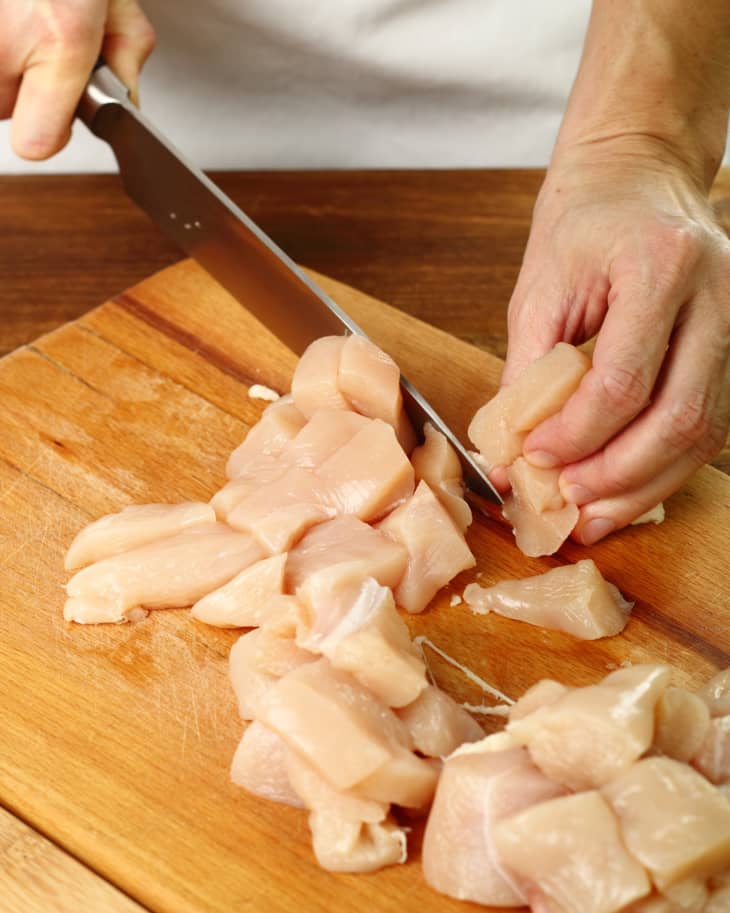What Exactly Is Salmonella?
We’ve read a lot about foodborne illness in the news lately. It can be a scary and daunting thing for sure, which is why it’s important to understand what it is. You’ve likely heard of Salmonella; perhaps you or someone you know has been infected with it at some point.
Salmonella is one of the most common types of foodborne illness, but do you really know what it is and how it’s transmitted? And more importantly, do you know the best ways to keep yourself and your family safe from it?
1. What is Salmonella?
Salmonella is actually a type of bacteria, discovered over 100 years ago by Dr. Daniel E. Salmon, that causes illness. There are more than 2,300 types of bacteria in the Salmonella family, although the most common in the U.S. are Salmonella Enteritidis and Salmonella Typhimurium, which account for half of human infections. People infected with Salmonella develop on infection called salmonellosis.
2. What is salmonellosis?
Salmonellosis is the infection caused by the Salmonella bacteria.
3. Is it common?
Salmonella is responsible for the most foodborne illnesses, also known as food poisoning. According to the CDC, “Salmonellosis causes an estimated 1.4 million cases of foodborne illness and more than 400 deaths annually in the United States.”
4. How do you get it?
There are a variety of ways you can get salmonellosis, and none of them are very pleasant. Salmonella lives in the intestinal tract of both humans and animals. The bacteria is most commonly transmitted to humans by eating foods that are contaminated with animal feces carrying Salmonella.
This can happen in a number of ways, including:
- Eating meat and poultry not cooked to a safe internal temperature
- Putting uncooked meat or poultry in contact with raw foods, aka cross-contamination
- Eating food made by a symptomatic food handler who doesn’t regularly wash his or her hands
- Not washing your hands after coming in contact with pet feces
5. What are the symptoms of salmonellosis?
While some people can be totally asymptomatic (meaning showing no symptoms), common symptoms include diarrhea, abdominal cramps, fever, chills, headache, nausea, and vomiting. These symptoms usually kick in within eight to 72 hours of eating contaminated food, and the infection typically lasts approximately four to seven days. Most people recover from salmonellosis without treatment.
Generally speaking, there are no long-term consequences of salmonellosis, although it can be several months before your system is feeling back to normal.
6. Who is at the highest risk of getting salmonellosis?
While anyone can get salmonellosis, children under five have a higher risk than any other age group, according to the CDC. Infants, young children, older adults, pregnant women, and those with a weakened immune system also have a higher risk and can be more likely to develop severe illness.
7. What foods are most commonly associated with Salmonella?
Foods most commonly associated with Salmonella include raw animal products, like meat, poultry, fish, and dairy products (particularly milk and eggs). Some fruits and vegetables have also been known to carry Salmonella bacteria.
If meat, poultry, and eggs are not completely cooked to a safe internal temperature, the bacteria can survive and potentially causes illness. The same is true if fruits and vegetables are not thoroughly washed.
8. Will my food taste different if it has Salmonella?
No, taste isn’t an indicator of Salmonella. Your food won’t taste any different if the bacteria is present.
9. My chicken is pink in the middle — does that mean I’m at risk?
Maybe. The only safe and accurate way to judge the doneness of meat and poultry is by using a thermometer to check the internal temperature. The color of the meat is never a safe measure of whether the meat is cooked to the appropriate temperature.
10. How do I prevent myself and my family from getting it?
The best way to avoid Salmonella is by prevention, namely using safe food handling and cooking practices. Wash your hands after handling pets or other animals, and always before preparing food and after handling raw meat. Keep kitchen work surfaces and utensils clean. Avoid cross-contamination of uncooked meat and poultry with raw foods, work surfaces, and in the refrigerator.
Always cook meat, poultry, fish, and eggs to a safe minimum internal temperature. Thoroughly wash all fruits and vegetables before eating. Following safe handling and cooking practices at home is the best way to avoid Salmonella.
